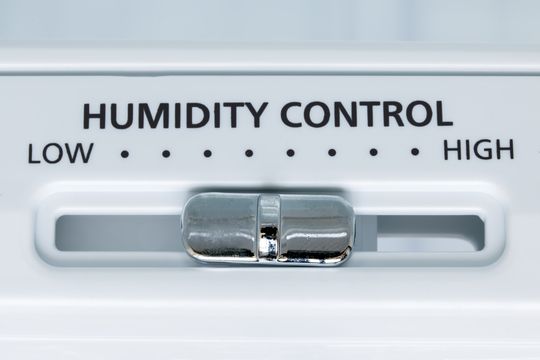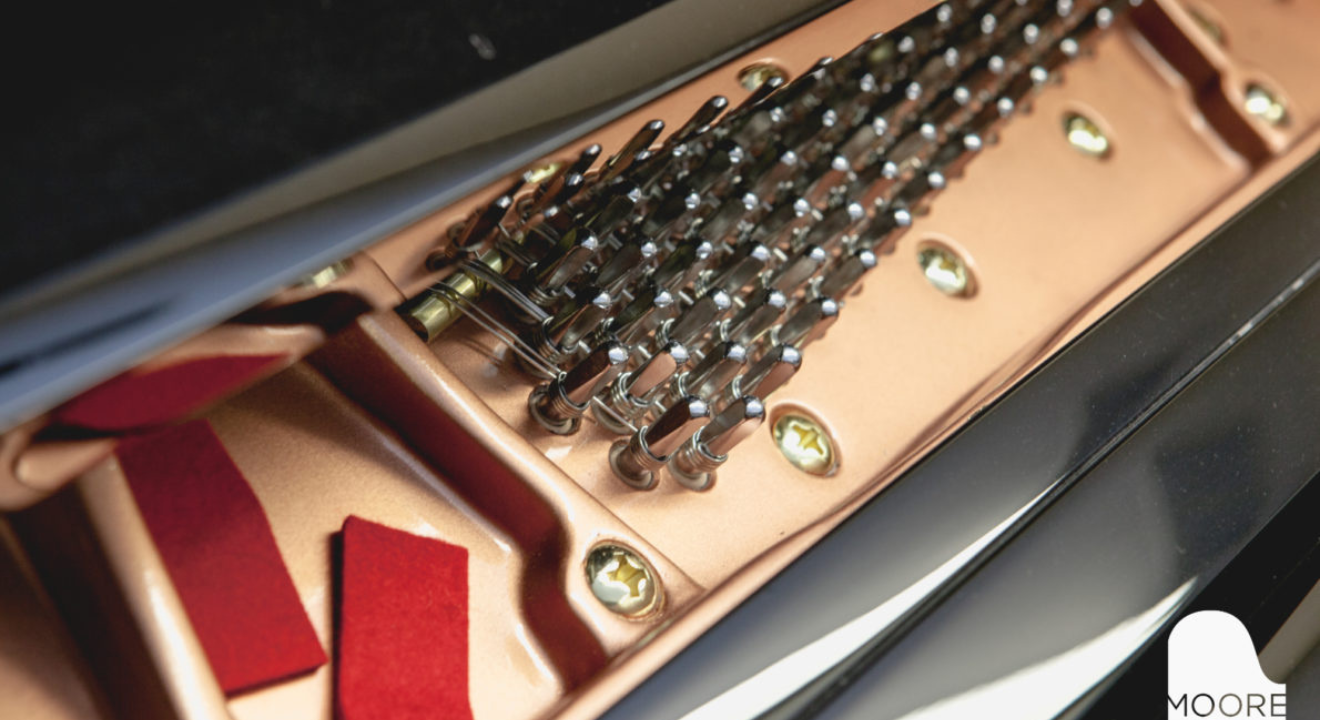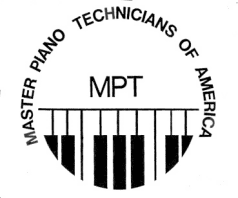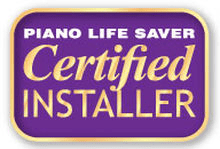Humidity Control for Pianos

Pianos are complex instruments predominantly made of wood. This wood is specially selected by piano makers, then dried and conditioned to their exact specifications to create the instrument. Unless you are one of the lucky people living in a perfectly balanced place (like Santa Barbara, California ), then you know cold & warm temperatures can change humidity from humid to dry every season.
Regulating the humidity in your home is often a battle that wages all year long. It becomes an even bigger concern when you want to maintain optimal conditions for your (likely very expensive) piano. When humidity is high, wood expands with the moisture; when humidity is low the wood can become too dry and crack, if humidity is too high for too long it can cause glue joints to fail. Either of these issues can cause your piano to be out of tune and could even lead to long-term irreversible damage.
Thanks to modern technology, there are many options available to keep your entire home at an appropriate humidity level. A good rule of thumb to keep in mind for maintaining proper humidity in your home is to keep it at about 42%. Anything over 60% is too humid, while anything less than 30% is much too dry.
How Do You Maintain an Ideal Environment for Your Piano?
Monitoring Humidity
One of the first things you need to do is monitor your humidity. A lot of customers use this as a reason to do a science experiment with their children and buy an indoor/outdoor weather station. While fun, this isn’t necessary. A simple hygrometer will do–a little disk-style hygrometers that you can buy for around $4 will work fine.
We aren’t worried about whether your humidity is 40.2% or 42%. We’re worried whether it 16% or 63%. Minute accuracy of humidity is not what we are looking at. Major changes of +/-20% are what we’re concerned with.
Increasing Humidity
If you live in a place where the humidity drops significantly during the winter months (i.e. you shock each other when you kiss during the winter–it’s not good to be scared of your wife until May!), you need to consider adding humidity to your home— especially in the room where your piano resides.
Here are a couple of ways you increase humidity when your home’s natural humidity decreases.
Low-Tech Methods
There are plenty of methods to increase your humidity without needing to make a single purchase. You can place a pan of water over your floor vents. This will release humidity into the air.
Another low-tech way to add humidity to your home is to fill each room with houseplants. If you keep them properly watered, they will continually release water vapor through their leaves. Bonus: there are certain varieties of houseplant that will also help purify their air in your home. You’ll have an appropriate amount of humidity AND higher-quality air to breathe!
One of the best methods is to put a pot of water on the stove during the driest of seasons. When I was a kid and I got sick, my mother made me stand over a pot with Viks vapo rub and a towel over my heads. It sounds silly, but it actually worked, and it will work to increase the humidity level in your home as well.
Single Room: If you are most concerned about ensuring that the room your piano is in has the right balance of humidity, a single room humidifier might be your best option. There are several different brands you can choose from that will work efficiently for a single room. Most brands will tell you the square footage they cover, so when you’re shopping for a humidifier make sure you know the square footage of the room where your piano sits.
Throughout the Home : You can also purchase a humidifier that attaches to your furnace and regulates the humidity of your entire home. There are units that look like slightly larger versions of the single room humidifiers we mentioned above; they can regulate your entire home’s humidity as well.
Again, it’s essential that you know your home’s square footage. You’ll also want to determine how much water a whole-home humidifier will require. When attaching anything to your furnace, take time to learn how the sensors work so you can easily track the humidity of your home.
Decreasing Humidity
If you live in a place where humidity levels go up in the summertime, make sure your humidifiers from the winter are turned off. There are several things you can do to decrease the humidity in the area where your piano resides as well as your entire home.
Low Tech Methods
If you have indoor plants to increase humidity during the winter, check to see if they can become outdoor plants. You might be able to put them on your porch or patio for the summer. At the very least, consider removing the plants from the area where you have the piano. Make sure to use exhaust fans when cooking or showering to vent excess water vapors.
Dehumidifiers — In most places, dehumidifiers aren’t strictly necessary, unless it’s for places naturally prone to moisture, such as the basement. If your piano happens to be in a basement, a dehumidifier would become a necessity.
However, if you live in a place where the humidity in your home is out of control, a dehumidifier would be a benefit—not just to your piano, but for your home’s overall wellness. Too much humidity is not only bad for the piano, but it is also bad for your other furniture and the health of your family.
Humidity Control Device in Your Piano
You can also find humidity control devices that go directly into your piano. These tools regulate the environment of the piano from the inside. While this may seem like an ideal solution, you need to take stock of your home’s environment before making the decision to install one of these devices.
- Does the area in which you live fluctuate between high and low humidity?
- Do you already have a humidifier or dehumidifier in your home to regulate the humidity?
- Does your piano’s manufacturer recommend such a device?
- Will it affect your warranty on your piano to install an aftermarket device?
If you are already controlling the humidity levels in your home, adding a humidity control device might not be a good idea. However, if you live in a very humid climate where even dehumidifiers have a tough time regulating the water in the air or a very arid climate where it is almost impossible to get any humidity into the air, a humidity control device could be beneficial for your piano and extend the life of your instrument.
Creating the perfect environment for your piano might seem daunting, but it is worth it in the long run. Modulating the humidity in your home will keep your piano looking and sounding as good as it did the day you bought it.
The post Humidity Control for Pianos appeared first on Moore Piano.
The Unmatched Piano Blog


















